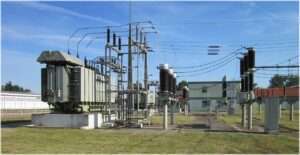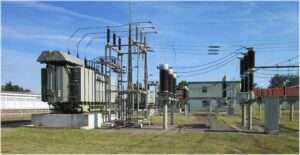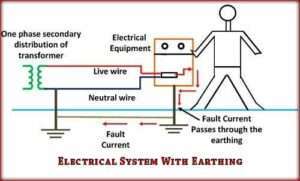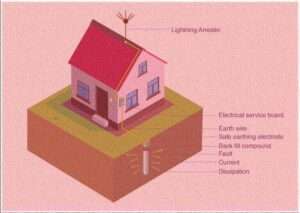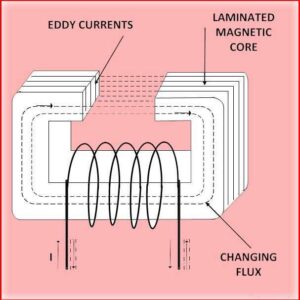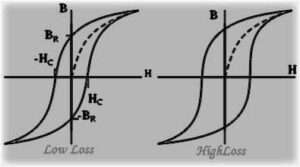Difference Between Schottky Diode and Fast Recovery Diode
When exploring the sector of electronics, there are plenty of diodes. Among these, Schottky diode and fast recovery diode are two important types. And those are the most typically used sorts. Therefore, to understand the difference between Schottky diode, and the fast recovery diode; is essential to pick the right thing for any utility.
In this blog article , we will be breaking down these two diodes characteristics. Further we can look into benefits, and precise differences to help you make a informed decision.
Read More About

What is a Schottky Diode?
A Schottky diode which is also called a Schottky barrier diode. It is a semiconductor tool. Which capabilities a steel semiconductor junction. Instead of the maximum commonplace p-n junction. This unique structure gives Schottky diodes, their distinct traits. Main characteristics of schottky diode are as beneath.
Low Forward Voltage Drop:- This Voltage drop is typically around 0.2 to 0.3 volts. Which is drastically lower than the 0.7 volts of a trendy silicon diode. Due to this Schottky diode shows higher efficiency and decrease electricity loss.
High Switching Speed:- Due to the absence of minority provider price storage, Schottky diodes, can turn on and off rapidly, making them ideal for excessive-frequency packages.
Low Reverse Recovery Time:- The opposite recovery time is basically negligible, which is a important benefit in speedy-switching circuits.
What is a Fast Recovery Diode?
A fast recuperation diode is a type of p-n junction diode this is designed to handle the reverse healing method extra effectively. When the diode switches from conducting to non-engaging in state, it should recover from the saved price companies. Fast recovery diodes are engineered to reduce this healing time, offering:
Moderate Forward Voltage Drop:- Usually around 0.7 volts, similar to popular diodes, which may be a chunk better compared to Schottky diodes,.
Reduced Reverse Recovery Time:- Though no longer as rapid as Schottky diodes,, fast recovery diodes have substantially shorter healing instances as compared to ordinary diodes, usually inside the range of nanoseconds to 3 microseconds.
Higher Breakdown Voltage:- Fast recovery diodes can deal with better opposite voltages, making them suitable for applications regarding higher power levels.
Key Differences Between Schottky Diode and Fast Recovery Diode
Structure:
Schottky Diode:- Metal-semiconductor junction.
Fast Recovery Diode:- p-n junction with optimized restoration traits.
Forward Voltage Drop:
Schottky Diode:- Lower, round 0.2-0.3 volts.
Fast Recovery Diode:- Higher, round 0.7 volts.
Switching Speed:
Schottky Diode:- Extremely fast because of negligible reverse recuperation time.
Fast Recovery Diode:- Fast, but now not as brief as Schottky diodes,.
Reverse Recovery Time:
Schottky Diode:- Negligible.
Fast Recovery Diode:- Minimal, however substantive as compared to Schottky diodes,.
Breakdown Voltage:
Schottky Diode:- Generally decrease, limited to round 100 volts in many instances.
Fast Recovery Diode:- Higher, appropriate for excessive-voltage applications.
Applications of Schottky Diode and Fast Recovery Diode
Schottky diodes:
- Power supplies (specifically as rectifiers in low voltage, excessive modern circuits).
- RF programs due to their low capacitance.
- Clamping diodes and safety circuits in which speedy switching is crucial.
Fast Recovery Diodes:
- Power inverters and converters in which better voltage dealing is required.
- Motor drive circuits.
- Any application where reduced reverse recovery time can extensively improve efficiency.
Conclusion
Choosing between a Schottky diode and a fast recuperation diode boils right down to knowledge the precise needs of your utility. If you need extremely-speedy switching with minimum voltage drop and may work within decrease voltage limits, a Schottky diode is possibly the great choice. On the alternative hand, if you require a diode which can handle better voltages and still switches exceptionally fast, a fast recuperation diode will serve you better.
Understanding the distinction between Schottky diode and speedy restoration diode is crucial for optimizing overall performance and performance for your electronic designs. By matching the diode’s characteristics in your software’s demands, you may make sure better reliability and functionality on your tasks.
Worth Read Posts
- Power Transformer Testing
- Power Transformer Parts
- Hysteresis Loss and Eddy Current Loss
- Derivation of Hysteresis Losses
- Transformers: Important Types, Features & Components
- Transformer Tests Before Commissioning
- Transformer Electrical Interview
Subscribe to our Newsletter “Electrical Insights Daily” to get the latest updates in Electrical Engineering. You can also Follow us on LinkedIn and Facebook to see our latest posts on Electrical Engineering Topics.

